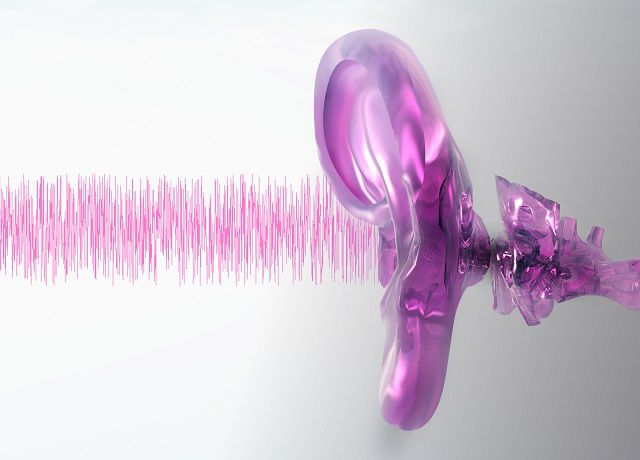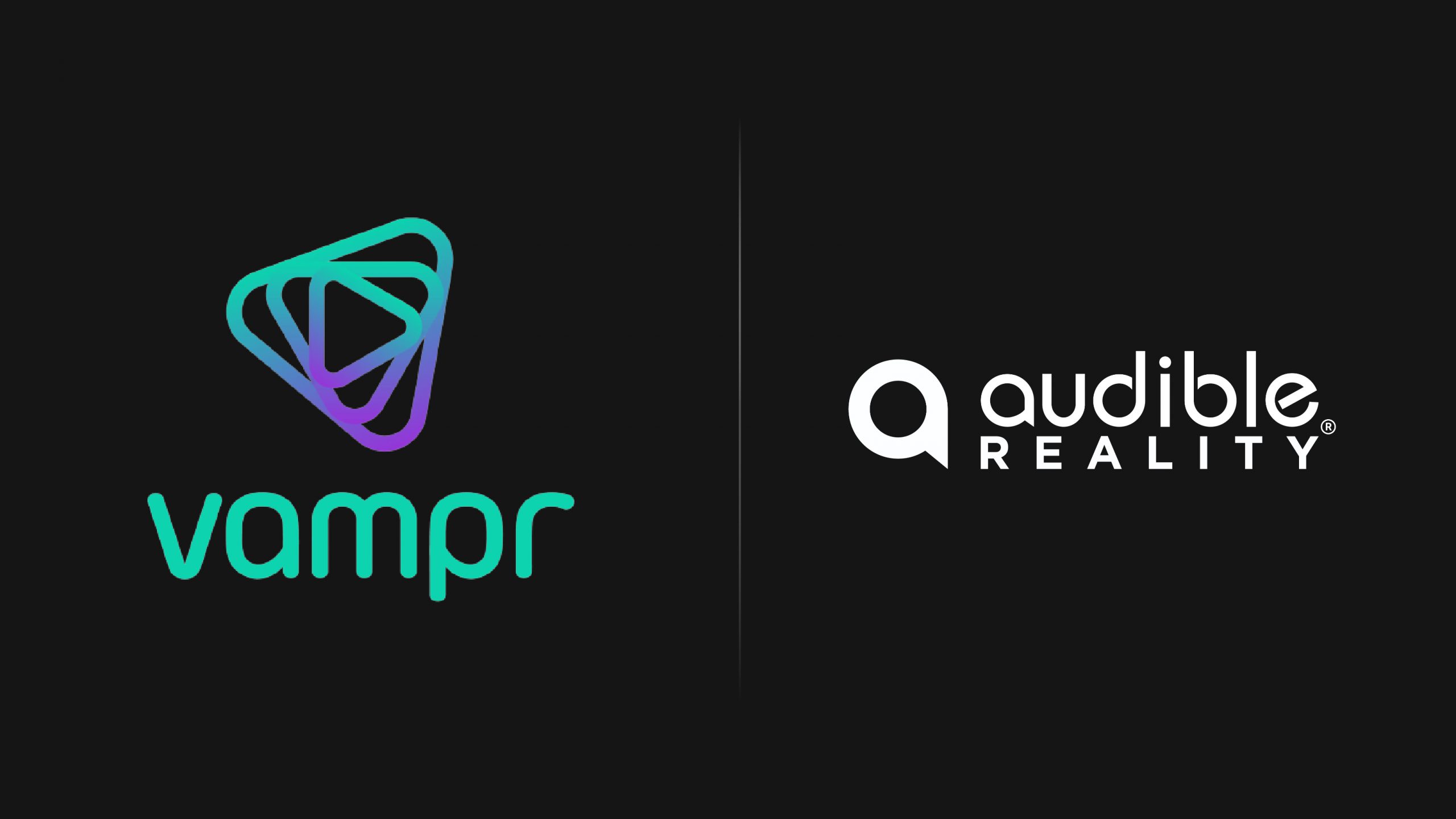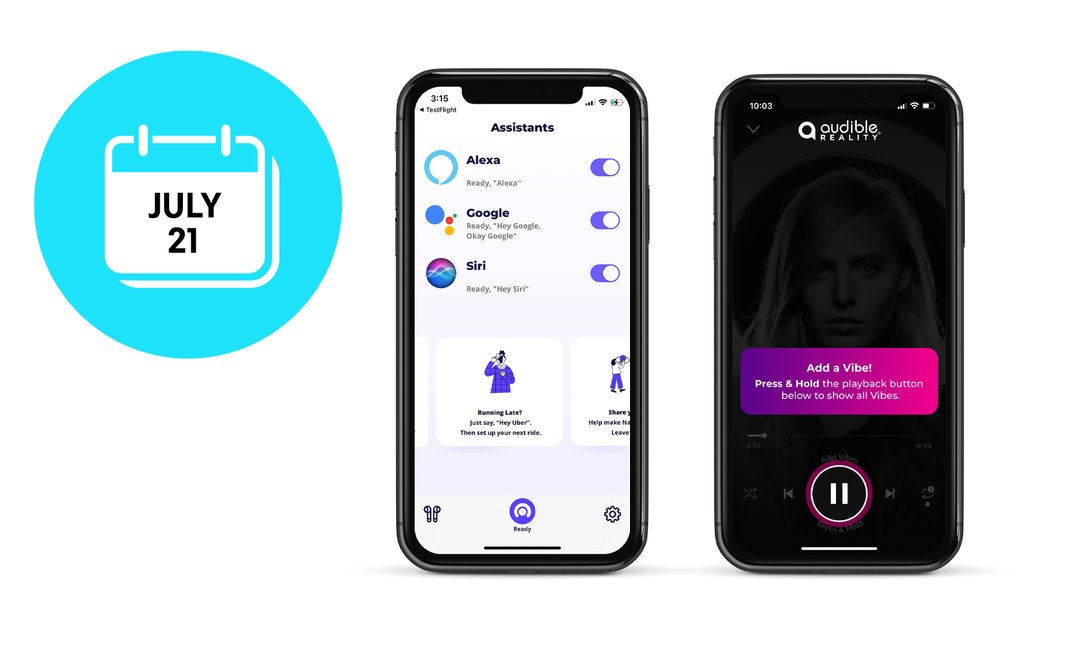What is 3D audio and how does it compare to regular audio?
Mar 19 / 2019
4 min read

What is 3D audio, how does it compare to regular stereo audio and why is it just now becoming so popular and relevant?
Scientists, artists, and inventors have been experimenting with 3D sound recording and reproduction for over 130, but only recently has modern technology made it possible to deliver high-precision 3D audio to the realm of consumer entertainment. With most of the world listening to audio through cheap headphones and low-grade speakers, 3D sound technology offers a timely and important solution to improve and personalize the experience of listening to many types of audio: music, movies and television, podcasts, etc. This is true not only for home listening, but also in cinemas, in the car, and on the go – wherever you enjoy your favorite media from. The easiest way to explain 3D audio is to break down the history of sound reproduction, first starting with Stereo, then Surround and lastly 3D.
Stereo sound– Stereophonic sound or, more commonly, stereo sound, is a method of sound reproduction that creates an illusion of multi-directional audible perspective. Typically, stereo sound is achieved by feeding 2 audio signals (left and right) to two corresponding loudspeakers or headphones. This allows for an impression of sound coming from different directions between the two loudspeakers, within the horizontal plane. At its simplest, stereo sound is captured using only 2 microphones: one for the left channel, and one for the right. The soundstage is reproduced in only one dimension, giving the listener an experience that often lacks realism or immersion. Most records, podcasts, and radio and TV programs are still produced or experienced primarily in stereo.

Surround sound takes stereo sound a step further by adding more speakers to the mix. Three speakers are placed in front of the listener and two behind (5.1), sometimes adding two more speakers at the sides (7.1). This was a huge breakthrough for audio: adding the dimension of DEPTH to the sound field. Sound sources can come at you from any horizontal direction: behind you, beside you, etc.; sounds can also move through you, making the listener feel as if they were in the middle of the sonic environment. First getting its start back in 1940, Walt Disney implemented prototypical surround sound into his well-known film Fantasia. It was a major development for film sound but proved to be too complicated and expensive to implement on a regular basis, so the idea took a back seat and was forgotten about for years. Fast forward to today and surround sound is being used not only practically all movie theatres but by us in our cars and homes.

This brings us to 3D audio, which further enhances the auditory experience by adding speakers above and below the listener, completely immersing them in sound from all directions. The spatial location of a sound is what gives it its three-dimensional aspect. When sound is captured or reproduced in all three dimensions, the listener is presented with a sonic environment far closer to real-life listening. Virtual sonic landscapes can be created that are startlingly realistic: Someone walks by you on the left humming a song, your going to hear it on your left coming from behind you, a bird over-head chirps and flies by you, you will hear the distinct flap of its wings coming from above you, and you will perceive the direction and distance of the animal. 3D audio reproduction is the most natural form of sound reproduction currently available, bringing us ever closer to a “true life” listening experience. Virtual Reality has made 3D audio more popular than ever: realistic sounds can be reproduced from every direction so that users feel like they are literally in the middle of their game. Users can then move around in the game but still hear and feel the precise location of each teammate, no matter where each of them moves. 3D audio has the potential to reshape the entire virtual experience because of the way we are manipulating sound with our sensory perception.

So how are we implementing 3D audio into the Audible Reality Player? 3D audio adds the dimensions of horizontal and vertical depth when listening to music. Just like how Virtual reality sucks you into a 3D world, 3D audio transforms sound and allows users to live in a 3D world where immersive music surrounds them. Once you hear your favorite song transformed by high quality 3D audio processing, there is literally no going back. We are using 3D audio to enhance the quality of audio across all platforms. By integrating 3D audio within your everyday entertainment systems, we are bringing you the highest quality immersive sound possible. Imagine a world where conference calls felt like you were at the table and you knew who was talking depending on their position in the room or listening to podcasts and music so clear it’s like being wrapped up in a blanket of their voices. 3D audio technology and research have been making major strides in the last few years, which is why we are so excited to be at the forefront of It all. We are bringing our users next level immersive audio, or, as we like to say: The next revolution in sound.

Kristina aka Dirk is our public relations manager that keeps you up to date with everything industry news and music related. Feel free to reach out to her through email if you would like to learn more about our platform or are interested in creating content through various marketing opportunities.



